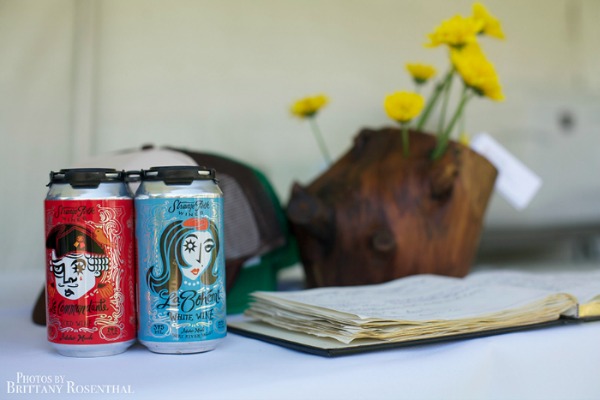
There is something strange going on at Split Rail Winery.
The Horned Beast.
The Bearded Quixote?
While these may sound like titles of the latest indie rock album or movie trilogy, they’re actually the names of a few wines at this up-and-coming Idaho urban winery.
The labels are adorned with artwork such as a horned stag skull and foxes with bottle-shaped laser beams shooting out of their eyes.
Crazy?
Yes.
Practical?
Also yes.
Allow me to elaborate.
These wines are non-traditional. The Horned Beast is a Grenache-Syrah-Mourvèdre (GSM) blend, the Laser Fox is Cinsault and The Bearded Quixote is Tempranillo — varietals less widely known to wine drinkers. Split Rail decided to make them more exciting and approachable, which is just one of many ways they’re having the most fun!
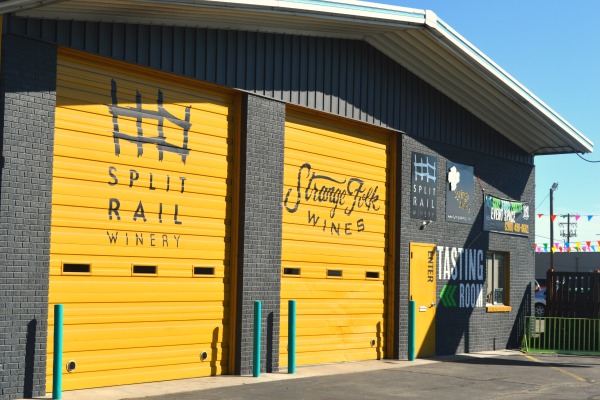
The Winery
Split Rail is located in a black and yellow warehouse on the edge of a busy boulevard in the Idaho Urban Winery District of Garden City, Idaho, sandwiched between a car dealership, a brewery and (no pun intended) a sandwich shop.
Bright colors and wine barrels greet you upon entering. A horned, golden motorcycle helmet is mounted on the wall; a kung fu movie was playing on the television when I visited. The sitting area is kitted out with velvet chairs and the larger areas contain industrial-style tables, all of which contribute to a hip and modern ambiance.
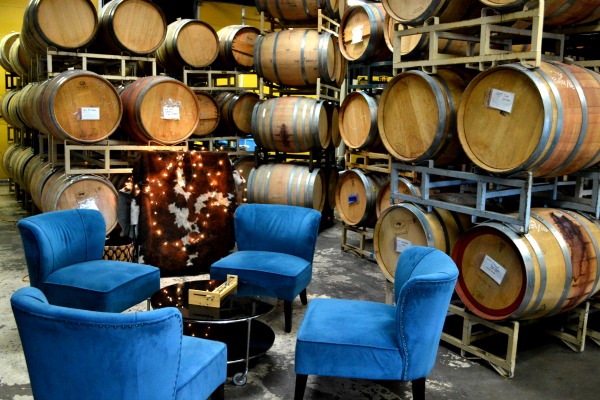
It feels both cozy and cool; I immediately wanted to bust out my laptop alongside a glass of Laser Fox, then get down to writing and drinking, rinsing and repeating.
The Winemaker
Jed Glavin is Split Rail Winery’s winemaker and visionary.
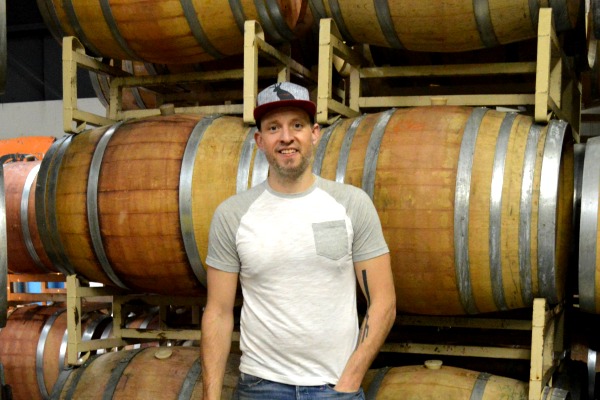
Not long ago, he was an urban planner with the idea to start making wine in his garage.
Glavin’s hobby eventually led to a relationship with Syringa Winery, and three years ago he was able to leave his day job and transform his passion for winemaking into a profession.
Split Rail and Syringa Wineries shared the current building in a partnership that lasted until late 2016, when Syringa moved to a new location and Split Rail took over the space.
Though Glavin has some formal winemaking training from U.C. Davis, he says he has learned best through on-the-job training and by making mistakes. Apparently, when you literally have to pour your hard work and money down the drain, it’s a lesson you won’t soon forget!
The Employee of the Month
A preconceived notion about being a winemaker or winery employee is that you get to sit around all day and drink wine.
The reality is: it’s a labor-intensive job that involves more cleaning than you can imagine!
Luckily, Jed Glavin hasan employee named Casey Lea.
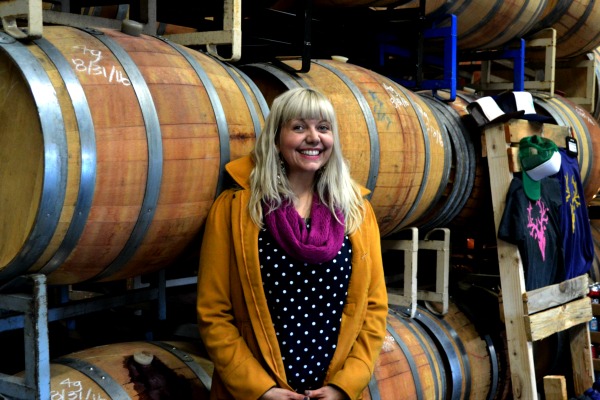
Lea’s cheerful demeanor and enthusiasm are valuable assets. She is ready to give tours, act as a tasting guide or jump in wherever needed on a daily basis. Part of what she enjoys most about working in the winery is that no day is the same. For instance, she recently helped hand-cork 120 cases following a mishap with the corking machine!
Being a two person team in a winery that turns out 5,000 – 6,000 cases annually is undoubtedly overwhelming, but they make it work. As Glavin told me, “It’s tough, but it’s kind of exciting too.”
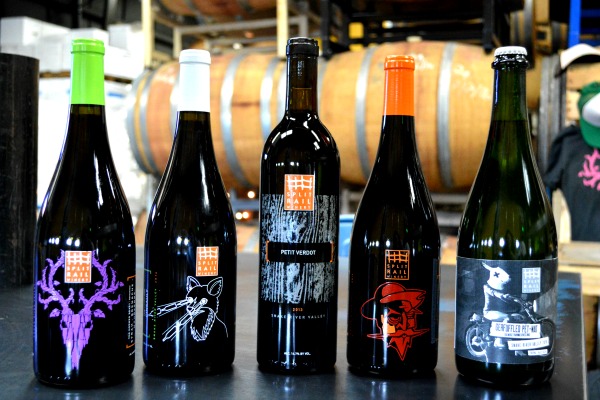
The Wines
Jed purchases his grapes rather than growing them in-house due to the urban nature of his establishment. He currently sources most of his fruit from the Snake River Valley vineyards of Sawtooth, Skyline and Williamson, but also works with Airfield Estates in Washington due to the amazing Grenache available from their higher latitude.
Right now some of that Grenache is co-fermenting in a cement tank that will become a Grenache-Syrah-Mourvèdre blend, release date TBD.
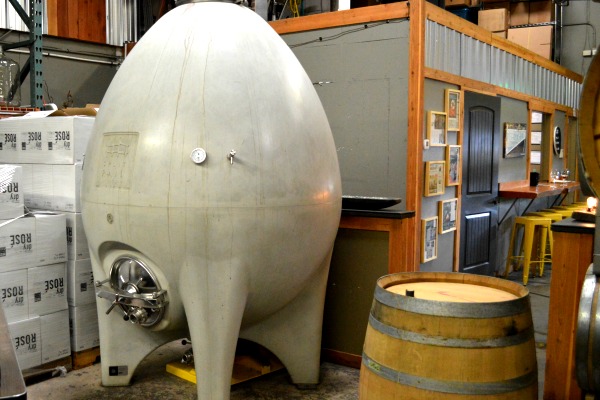
Split Rail also brings new meaning to the term “think outside the box” by offering wines in cans, kegs and growlers under their second label, Strange Folk Wines.
Wine in a Can
Canned wine? Yes! I love picking these up on the way to our cabin – they are perfect for taking along on your outdoor adventure.
The white wine “La Bohème” is 100% Riesling and the red wine “Le Commandante” is a blend of 60% Syrah, 12% Cinsault, 12% Counoise, 10% Grenache, 6% Mourvèdre.
These specially-made cans serve as inert containers that protect against off-odors and faulty elements in the wine.
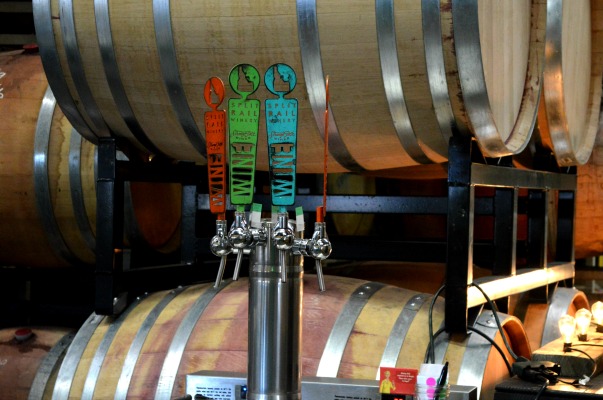
Kegs and Growlers
The advantages of kegged wine are that it stays fresh for a long time and costs less to the consumer because the bottling process is avoided entirely.
You can find the kegged wine at restaurants around Boise as well as in the winery itself, where you can also purchase growlers and refill as needed! The current wines on tap at Split Rail are Chardonnay, Dry Hopped White, House Cabernet, Malbec, Creature Blood Syrah, Fraser Cabernet and a GSM blend.
The Classics
Split Rail also offers traditional, straightforward labels such as Barbera and Petit Verdot.
I think you will find something for everyone here!
I enjoyed tasting and touring at Split Rail immensely. If you are local to Boise, I highly recommend stopping in for a glass or a growler or whatever tickles your fancy! If you are not local do not despair! They do ship and you can find more information on the Split Rail Winery website.
Cheers!

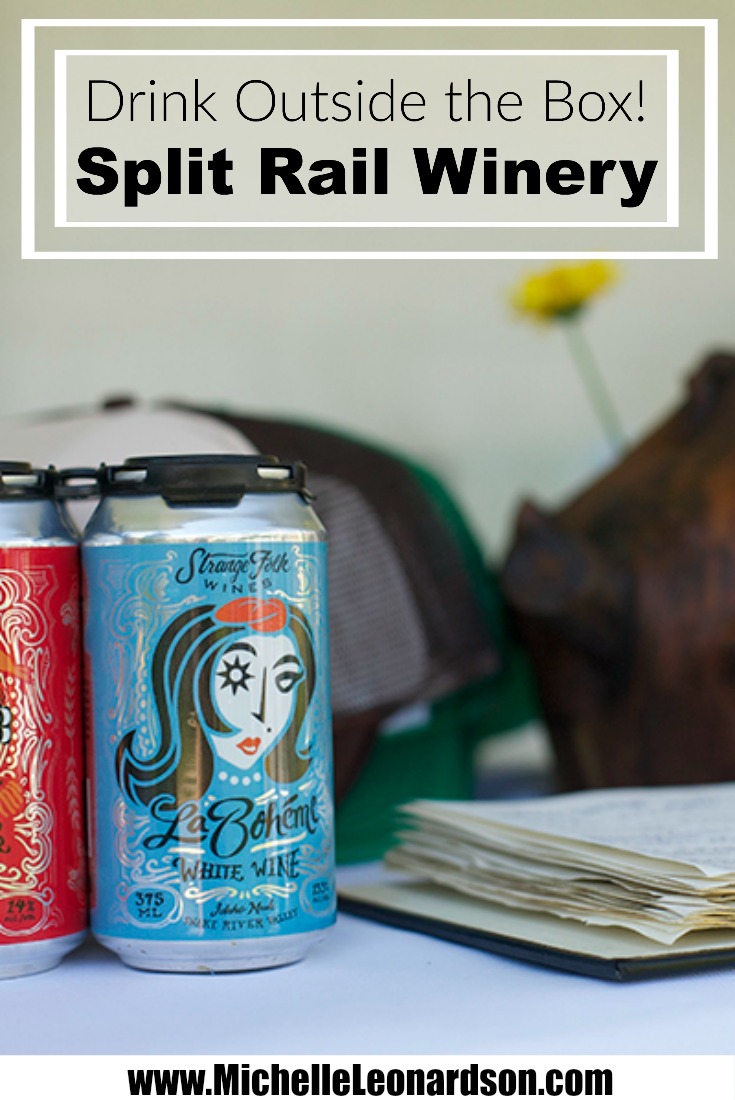
Leave a Reply